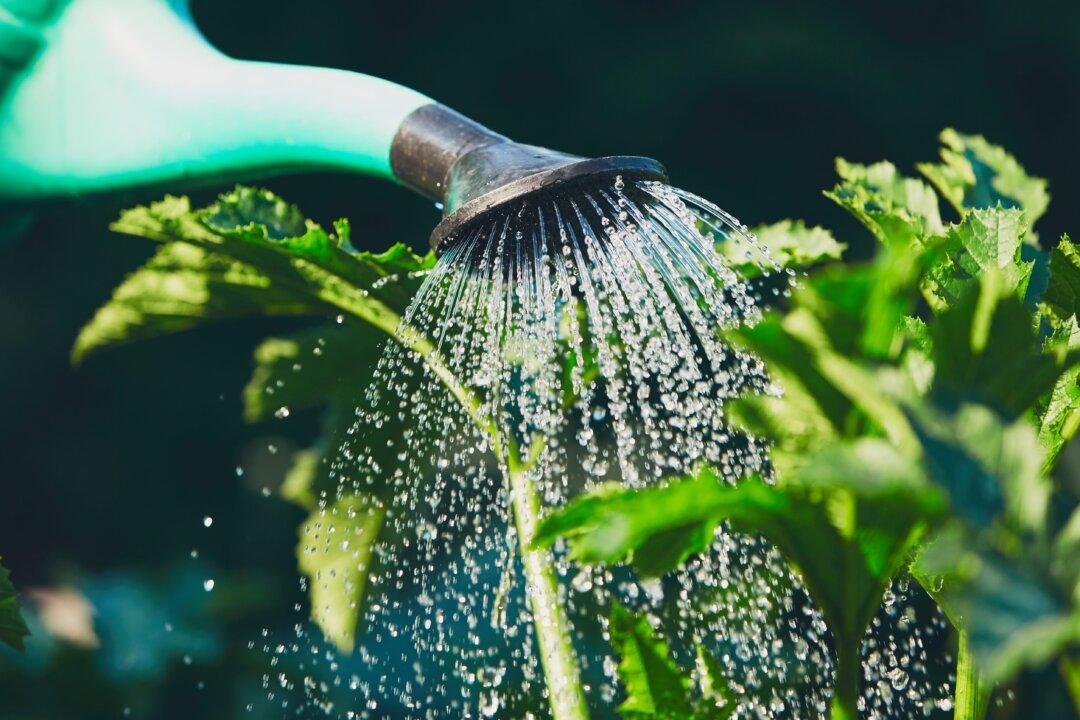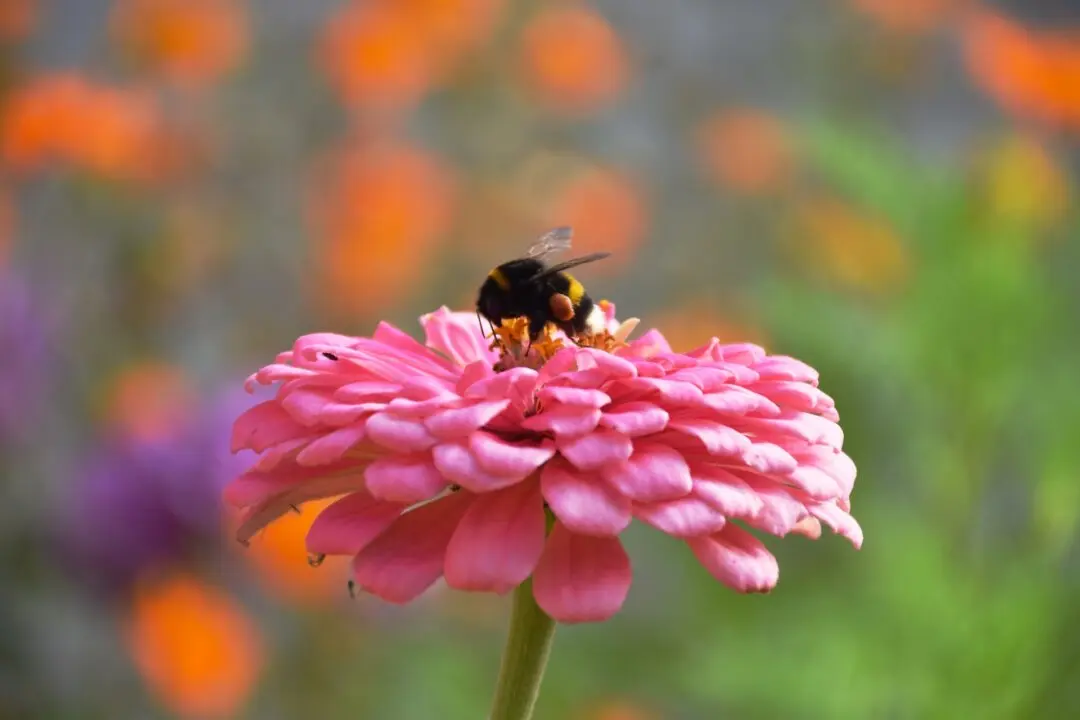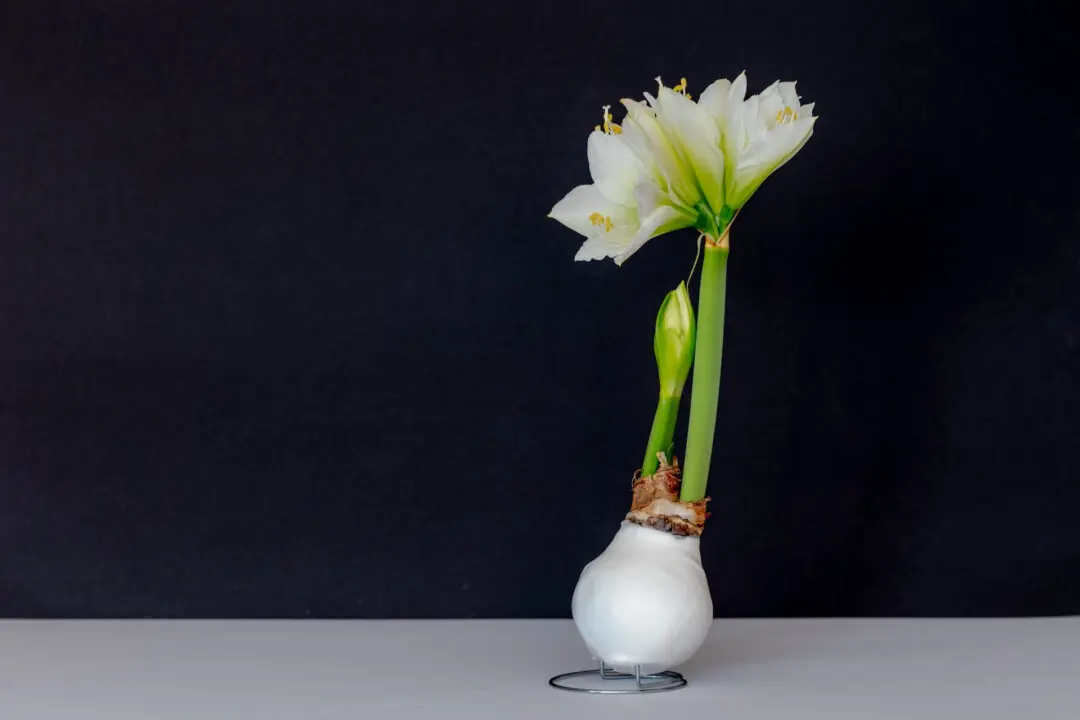Q: As you may know, many of us are in a moderate drought this summer. My husband and I have been discussing how much we need to water our landscape and lawn. We live in the upper Midwest, and we normally get summer rain in thunderstorms. July and August are usually the dry months, not May and June. So what do you think: water, or let the plants go dormant?
A: Let’s start from the beginning. How often do plants use water? The answer is they are using water all the time. Why don’t we have to water the plants all the time? The soil is a large sponge that holds water in the small pores and air in the large pores so plants can get water as they need it.





